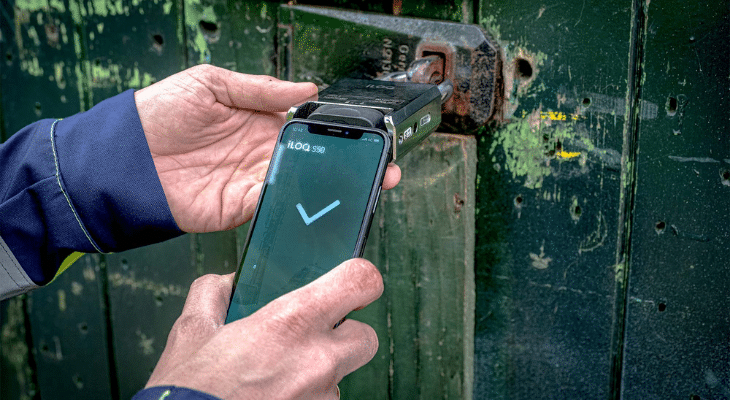Batteries: The Elephant in the Room on Non-Wired Digital Access Control Networks
Batteries contribute a significant amount to operational expenditure over the lifetime of non-wired digital access control networks.
As the need for electronic access control is increasing in the world of security, a topic that is becoming more obvious when evaluating wireless access control locks, either as the main product of use or when integrated into a hard-wired security ecosystem, is the one of batteries.
“How long do the batteries last? How is the battery life measured?”
“What does it mean when the user receives a low battery warning-event?”
“How can I change the batteries of my lock? Do I need special tools or a visit from a technician to do so? How long does this process take?”
“How do I get inside my door if the battery status is critical? Do I need to call the installer?
“What batteries are recommended for the Escutcheon or Cylinder or Padlock?”
These are all common questions that may need addressing before the move to a digital access control product.
Digital access control systems are undoubtedly the future of asset and facility management. They are more secure and allow for an accurate audit trail. Many products currently on the market have a variety of different features but they all have one thing in common – batteries.
You could be changing up to 80 batteries a month
Whether it is in the cylinder, padlock, the escutcheon or a battery in the specialised key; they all require batteries.
Some of these locks use up to 4 batteries which in high traffic areas may only last a year. If you have 120 locks in your network, you could be going through 40 batteries a month! Battery life is variable as well, due to usage and temperature fluctuations. Heat can permanently damage a battery causing it to leak or reducing its life and capacity.
The ideal operating temperature for most batteries is at 20℃. If a battery operates at 30℃ it will reduce its lifespan by 20%, at 40℃ it will reduce its lifespan by 40% and at 45℃ the lifespan is only 50% of what it would have been at 20℃. If the lock or key are regularly exposed to high temperatures (key left in a car or lock external to a building), you could need to change up to 80 batteries a month for a 120-lock network!
A completely battery-free non-wired solution is the answer
But it doesn’t have to be this way – Selectlok Digital’s iLOQ range provides the only battery-free answer to your security and integration needs.
The iLOQ S5 range is a solution that has zero batteries, the energy of inserting the non-battery powered key powers the lock.
The iLOQ S50 range is a keyless and battery-free solution using NFC from your phone to power, authenticate and access the locks.
Apart from reducing both direct and indirect system lifecycle costs, both these ranges of cylinders, padlocks and credentials allow for a live audit trail and credential management allowing digital keys to be instantly revoked with a click of a button.
Finally, as environmental footprint is becoming a real concern for business in today’s world, the reduction of e-waste like used batteries is an easy step towards reducing the impact of any business on the environment.
Contact Selectlok at [email protected] to find out more about this revolutionary range of security products and how they can become part of your business.
Read more about iLOQ here.
To read more articles like this or to stay up to date with industry, subscribe here to the Security Focus Newsletter and receive monthly updates.
-
Bring your security needs into focus
- Register

